Kiyoharu Art Colony, Where Art and Design Meet
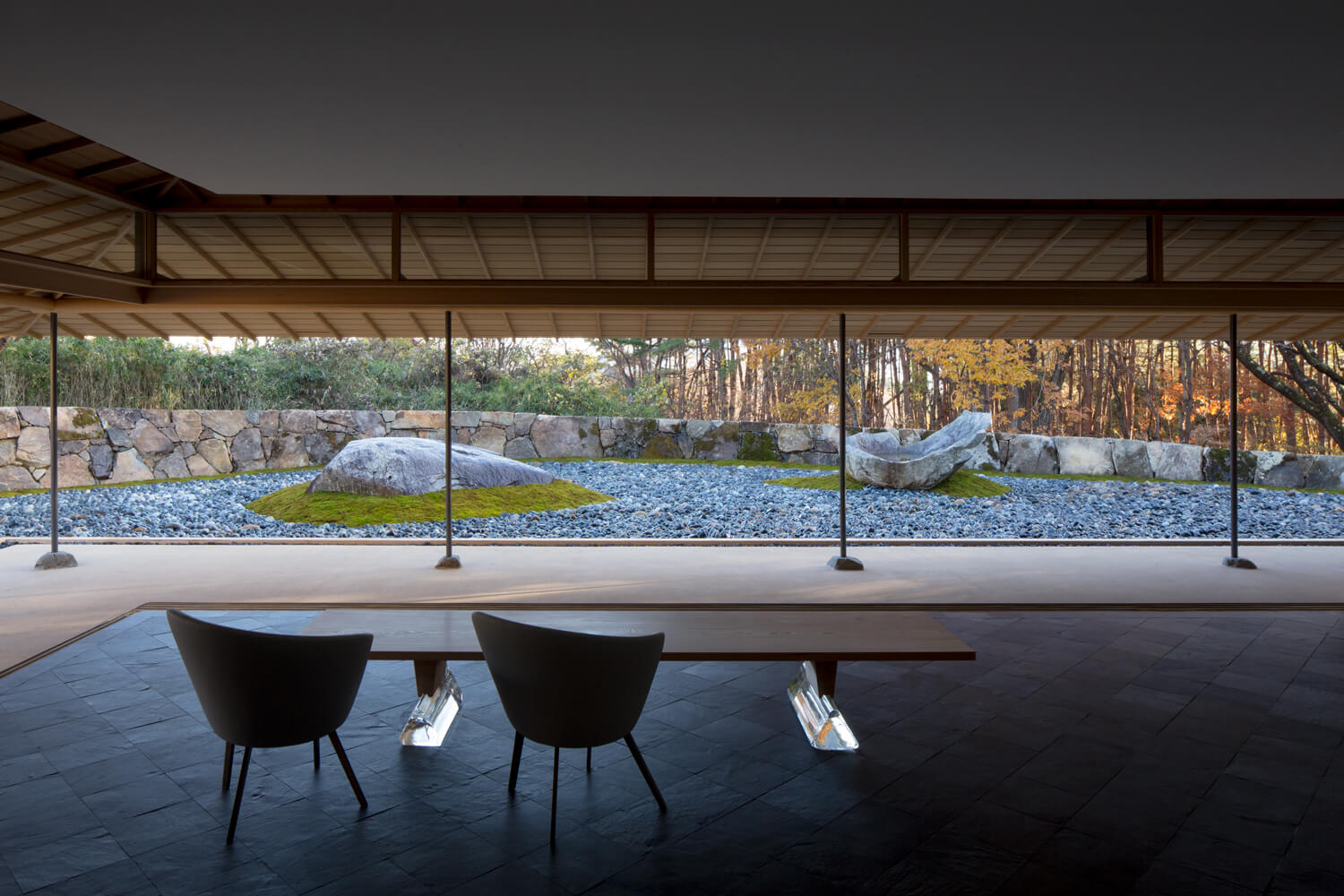
©Hiroshi Sugimoto/Courtesy of NMRL
Two hours from Tokyo, in the prefecture of Yamanashi, a former primary school has been transformed into an art colony. Following the initiative of art dealer Chozo Yoshii, the space opened in 1983, realising his dream of opening a space for fans of Japanese art, where numerous international artists are hosted.
Kiyoharu Art Colony comprises museums, studios, restaurants, and even a brand new guest house. The idea behind this unconventional space, is to give visitors the opportunity to contemplate artwork in a peaceful setting, where they can relax in the park, full of spring-flowering cherry trees planted by the school children in 1925.
Developed by Yoshio Taniguchi, the contemporary architect behind MoMA’s 1997 expansion, this art complex is littered with the work of famous architects, such as the Rouault chapel conceived by Taniguchi as an hommage to the religious painter Georges Rouault or the light museum, created by Tadao Ando. Against a backdrop of exposed concrete, work by Antoni Clavé is illuminated by nothing but daylight. A little slice of France can be found at the heart of the Kiyoharu project, with a part of the original staircase from the Eiffel Tower having been brought to the museum as part of the 100 year celebrations of the tower’s completion. The ‘Ruche’ (beehive) structure is also an hommage to the wine cellar built by Eiffel in 1900, later becoming temporary accommodation for artists such as Marc Chagall and Chaïm Soutine.
Another architectural achievement is the Tea House, hidden like a child’s treehouse, inside a tree. It was designed by Terunobu Fujimori, and together with architects Genpei Akasegawa, Shinbou Minami and Joji Hayashi, they built the structure around a central pillar, an 80 year old Japanese cypress tree. The completion of the tea house represents an achievement in the marrying of architecture and nature. In the same vein, the cofounders of the architectural firm New Material Research Laboratory, Hiroshi Sugimoto and Tomoyuki Sakakida provided Kiyoharu with its guest houses, using exclusively traditional Japanese materials. Made from wood and stone, but with a steel armour supporting the south and east facing windows. This unique building extends the work of the complex, hosting temporary exhibitions. Named Washin (wa for Japanese culture, and shin for spirit) the guest house finds a perfect balance between art, architecture and nature, mirroring the overall project of the Kiyoharu Art Colony.
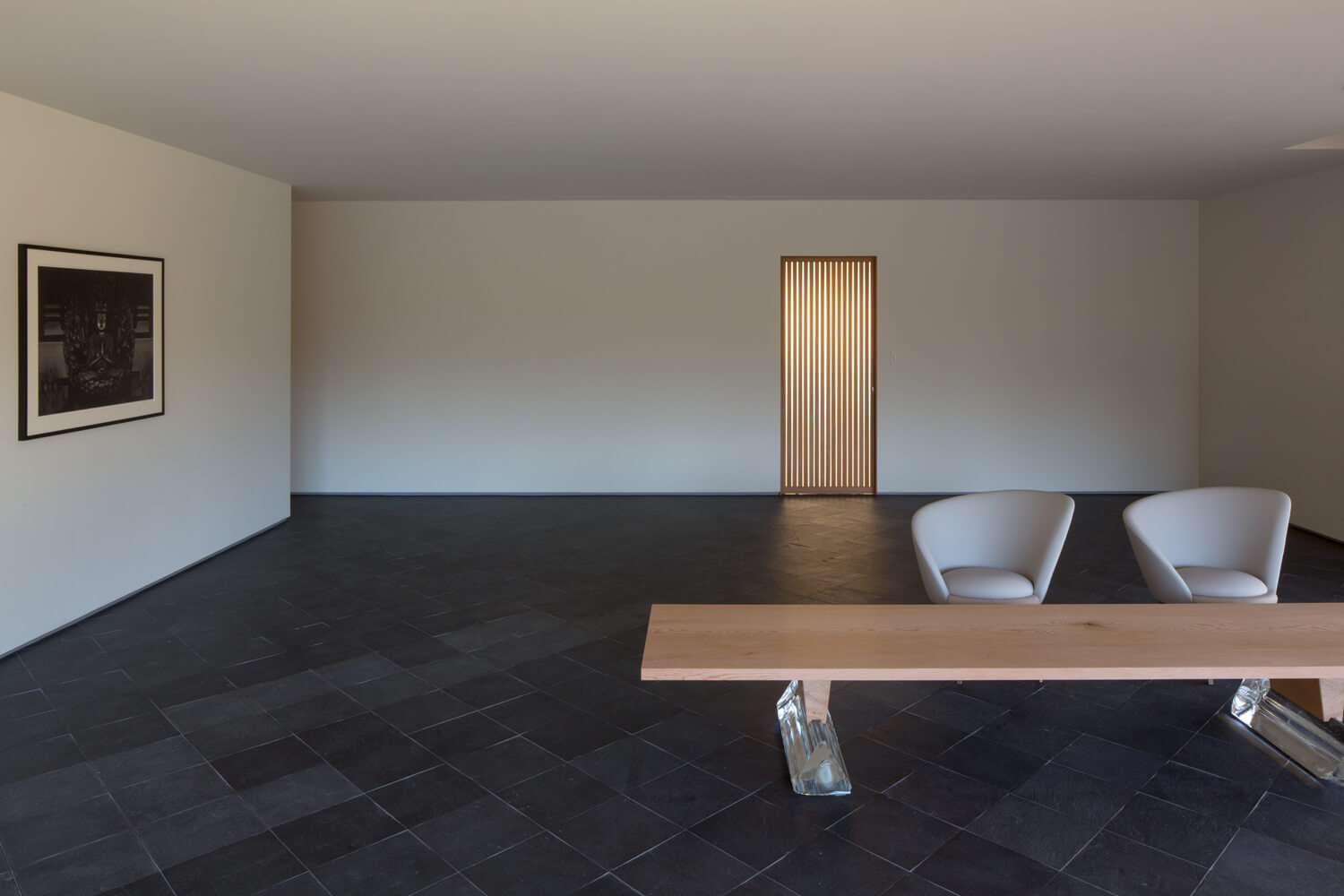
©Hiroshi Sugimoto/Courtesy of NMRL
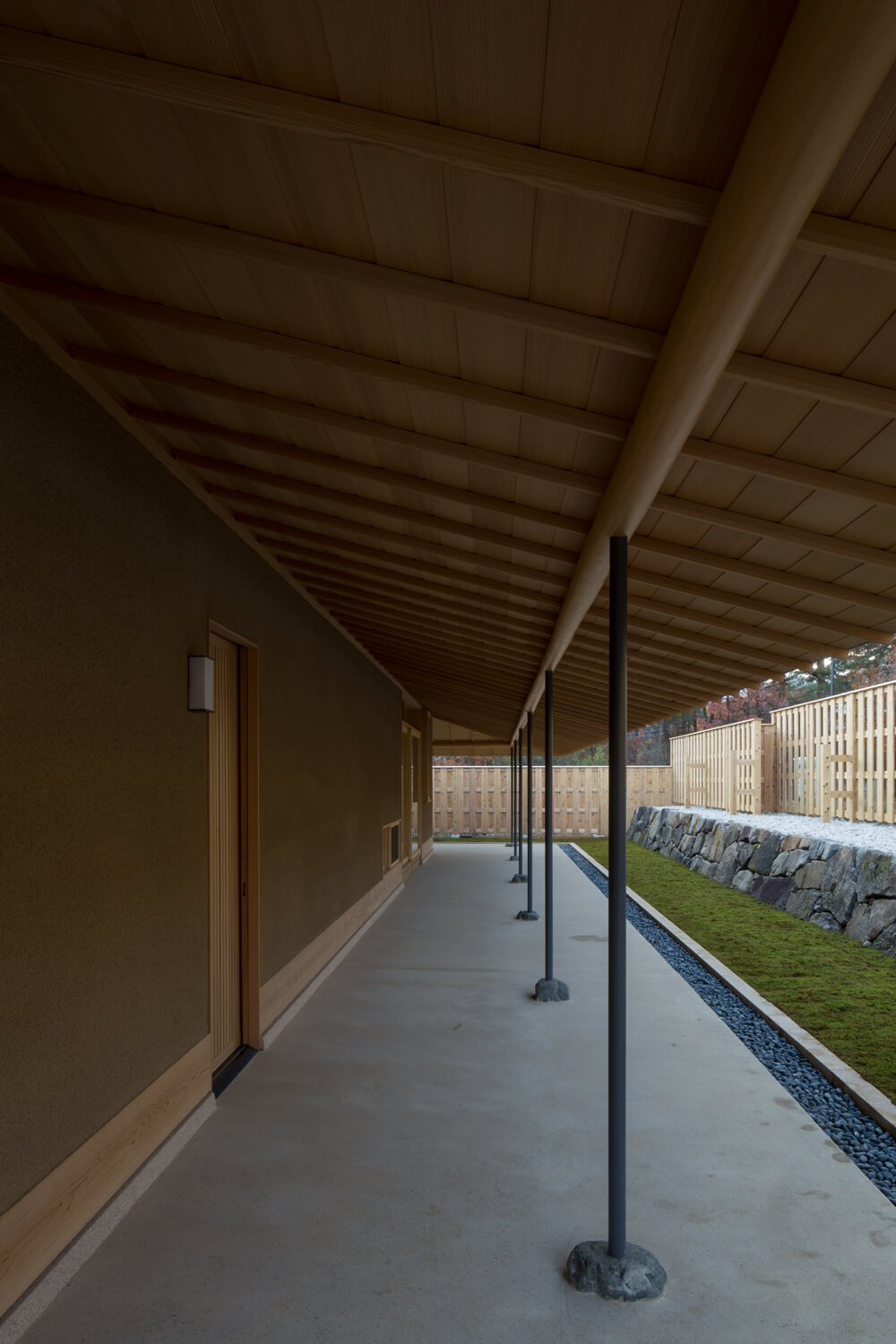
©Hiroshi Sugimoto/Courtesy of NMRL
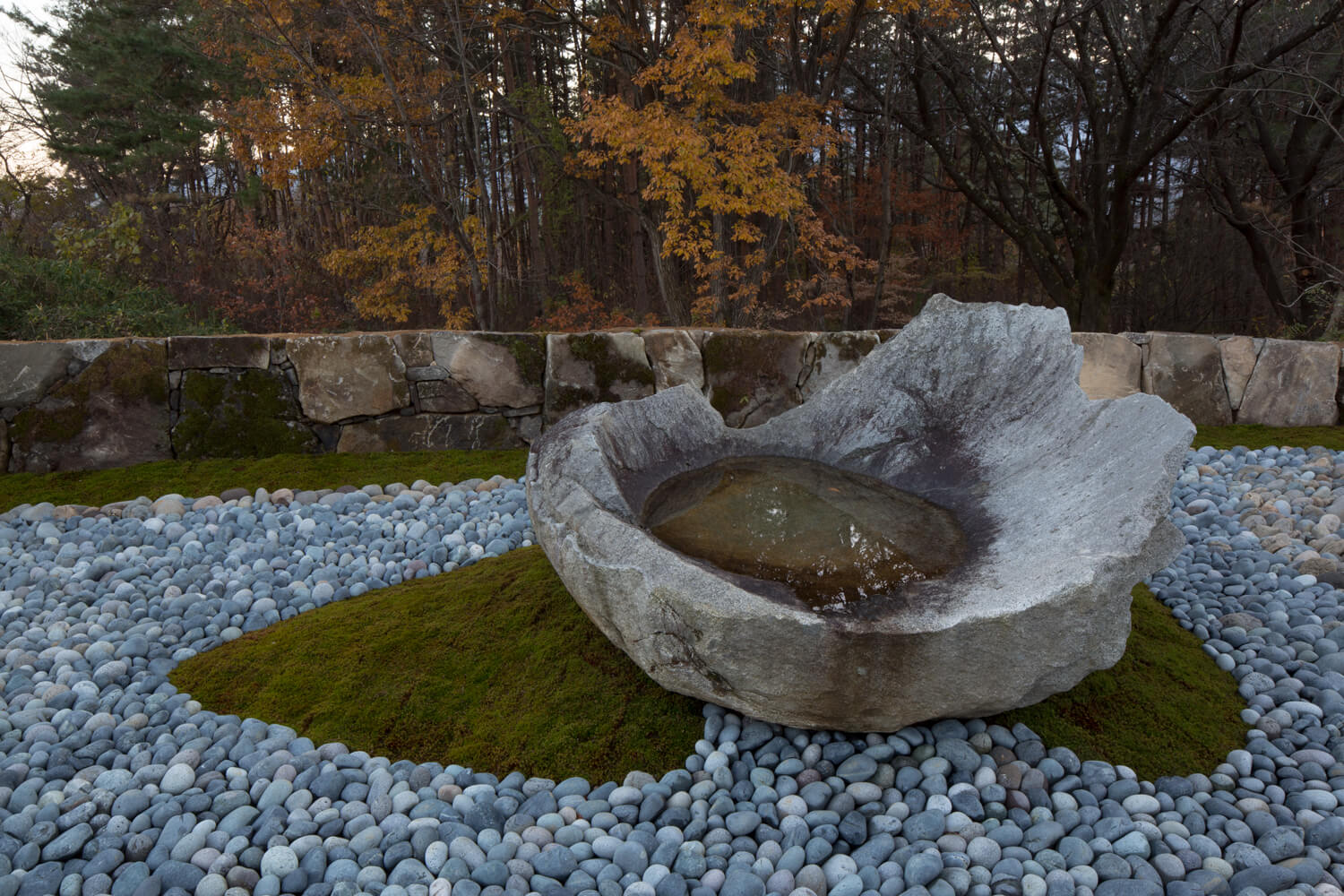
©Hiroshi Sugimoto/Courtesy of NMRL
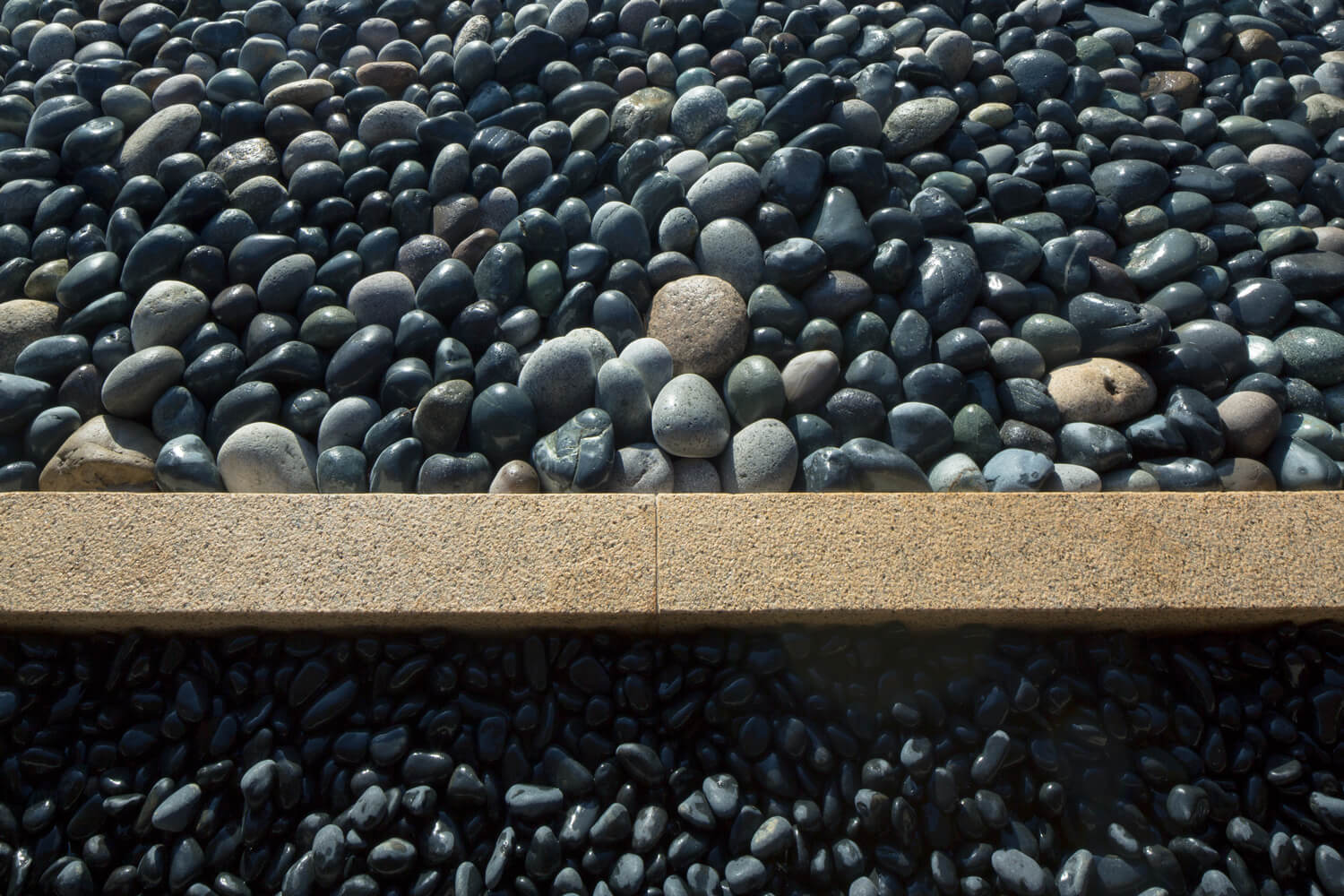
©Hiroshi Sugimoto/Courtesy of NMRL

©Hiroshi Sugimoto/Courtesy of NMRL
TRENDING
-
The Tattoos that Marked the Criminals of the Edo Period
Traditional tattoos were strong signifiers; murderers had head tattoos, while theft might result in an arm tattoo.

-
The Story of Sada Yacco, the Geisha who Bewitched Europe
Described by Dazed magazine as the first beauty influencer, she has been restored to her former glory since 2019.

-
Chiharu Shiota, Red Threads of the Soul
Last year, more than 660,000 people visited the retrospective 'Chiharu Shiota: The Soul Trembles' exhibit at the Mori Art Museum.

-
Japanese Left-field Pop From The CD Age, 1989-1996
‘Heisei No Oto’, a compilation of hidden gems in the unspoken depths of Japanese pop, reveal blissful moment of technological possibility.

-
‘Shojo Tsubaki’, A Freakshow
Underground manga artist Suehiro Maruo’s infamous masterpiece canonised a historical fascination towards the erotic-grotesque genre.





